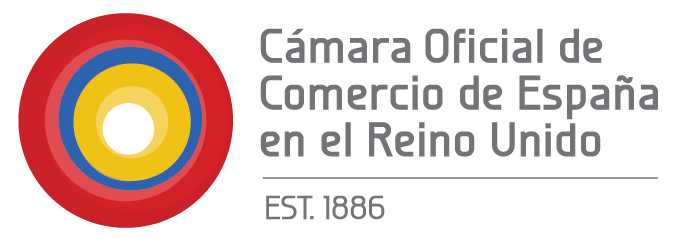BLOG POST BY SCORNIK GERSTEIN LLP
International trade secretary Liz Truss has been swift in signing sixty trade deals since the UK separated from the EU. Truss met with the minister of Japan and New Zealand on February first to discuss the entrance in the Comprehensive and Progressive Agreement for Trans-Pacific Partnership (CPTPP).
What is the CPTPP agreement?
The CPTPP is a trading bloc of eleven member states: Australia, Brunei, Canada, Chile, Japan, Malaysia, Mexico, New Zealand, Peru, Singapore, and Vietnam. It is an intergovernmental agreement with the scope of reducing trade barriers and increasing trade of goods and services between the partner’s countries.
Differently from the European Union, the Pacific trade bloc focuses only on an economic level and does not require giving away supremacy over legislation, border or money to the CPTPP. This accordance regards the fields of agriculture, fish and seafood, forest products, and industrial goods.
The goal is to facilitate the development of production, supply chain, seamless trade and improve efficiency, create and support jobs and raise the standard of living. Moreover, there are additional provisions on technical barriers to trade, investment, intellectual property, sanitary and phytosanitary measures, with the scope of securing the good markets caused by customs change.
What would the UK get out of CPTPP membership?
There are many pros for Britain that could stem from membership in CPTPP. The Asia-Pacific area is today’s world-leading region for economic growth.
The benefits that Britain could get from the membership could be:
- Improving the UK’s position putting the country at the centre of a free trade agreement with the high-powered economy. This move could lead to a remodel of global rules and drive reforms at the World Trade Organization (WTO), promoting Britain’s long-term interests.
- Improving Britain’s economy, creating new opportunities for English business and exporters.
- Making the country more resilient to future crises due to diversification of the supplies.
- Free trading would eliminate 95% of tariffs of goods within members countries.
- Increasing and securing investment and trade that will help the UK overcome the pandemic crisis.
- The rules of origin will permit the content from any country within CPTPP to count as ‘originating’. For instance, cars made in the UK could use more Japanese-originating car parts.
- The benefit of the trading pact will extend with the entrance of new members. Aside from the possible addition of Britain, there is a slim chance of the “re-joining” of the USA which was originally part of the picture before Trump seized power. The original format was strongly desired by president Barack Obama and the deal would have been the world’s largest trade agreement covering 40% of the global economy. The new Biden administration might consider the deal. Also, Taiwan is considering joining the bloc.
What would the UK have to do to join the CPTPP?
Following Article 30.4 of the agreement any state can apply, the access is going to be based on the parties’ consent.
The process for the annexation is the following:
- The first step, that Britain already did, is to inform the depository of the agreement, the New Zealand Government, which will inform in turn to the other parties.
- The Commission of the trading bloc will decide whether they want to begin or not the accession process.
- They will form a working group to which the UK have to address and explain how intend to comply with the agreement rules.
- After this first meeting, the applying country submits his market access offer.
- A negotiation process will take place.
- When all the members will be satisfied by the terms agreed the process will end and the UK would be invited to became a member.
Many members’ leaders have already expressed that they would happily welcome Britain in the CPTPP.
If you wish to keep updated about the new rules and new opportunities generated by Brexit, please register your interest at www.thebrexitlaw.com






